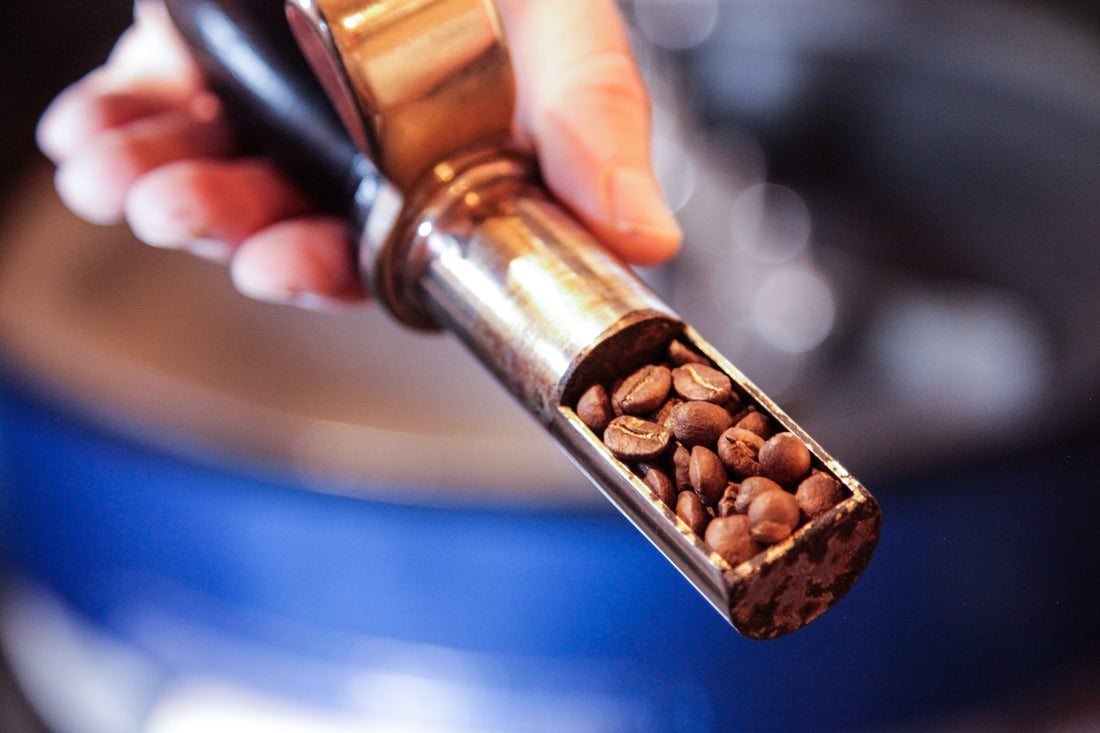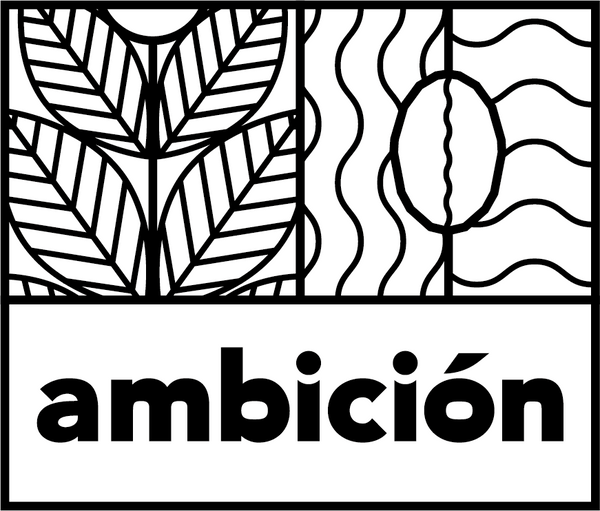
Coffee through the eyes, nose, palate, ears and hands
Specialty coffee is all about quality, and achieving that quality requires a thorough understanding of the coffee bean and its flavor profile. This is where the importance of using your senses when roasting and tasting specialty coffee comes in. By engaging all of your senses - sight, smell, taste and touch - you can gain a more complete understanding of coffee and make informed decisions about how to roast and brew it.
Seen:
The appearance of coffee beans can provide important clues to their quality and taste potential. When examining coffee beans, look for consistency in size and shape, as well as uniform color. Any discolored, damaged, or misshapen beans may indicate an inferior bean that could lead to uneven roasting or undesirable flavor.
Smell:
The aroma of coffee can tell a lot about its flavor profile. Before roasting, take a deep breath of green coffee beans. You may be able to detect hints of fruit, chocolate, or other aromas that will carry through to the final cup. During the roasting process the aroma will change and experienced roasters can use their sense of smell to determine when the coffee is at the perfect roast level.
Taste:
Of course, taste is one of the most important senses when it comes to specialty coffee. When tasting coffee, pay attention to the sweetness, acidity and body of the coffee. Does it have a crisp, lemony acidity or a sweet, chocolatey sweetness? Is the body light and delicate or full and creamy? These factors can all affect the overall quality of the coffee, and regular tasting during the roasting process can help ensure the coffee reaches its full flavor potential.
Hit:
Although touch is not as obvious as the other senses, it can still be an important tool when roasting coffee. Experienced roasters can use their sense of touch to determine the moisture level of the beans, which can affect the roast profile. For example, if the beans are too dry, they may roast too quickly or unevenly.
In addition to using your senses during the roasting process, they are also essential when tasting and evaluating the final product.
Seen:
The appearance of coffee beans can provide important clues to their quality and taste potential. When examining coffee beans, look for consistency in size and shape, as well as uniform color. Any discolored, damaged, or misshapen beans may indicate an inferior bean that could lead to uneven roasting or undesirable flavor.
Smell:
The aroma of coffee can tell a lot about its flavor profile. Before roasting, take a deep breath of green coffee beans. You may be able to detect hints of fruit, chocolate, or other aromas that will carry through to the final cup. During the roasting process the aroma will change and experienced roasters can use their sense of smell to determine when the coffee is at the perfect roast level.
Taste:
Of course, taste is one of the most important senses when it comes to specialty coffee. When tasting coffee, pay attention to the sweetness, acidity and body of the coffee. Does it have a crisp, lemony acidity or a sweet, chocolatey sweetness? Is the body light and delicate or full and creamy? These factors can all affect the overall quality of the coffee, and regular tasting during the roasting process can help ensure the coffee reaches its full flavor potential.
Hit:
Although touch is not as obvious as the other senses, it can still be an important tool when roasting coffee. Experienced roasters can use their sense of touch to determine the moisture level of the beans, which can affect the roast profile. For example, if the beans are too dry, they may roast too quickly or unevenly.
In addition to using your senses during the roasting process, they are also essential when tasting and evaluating the final product.
